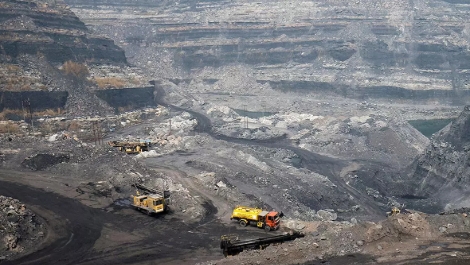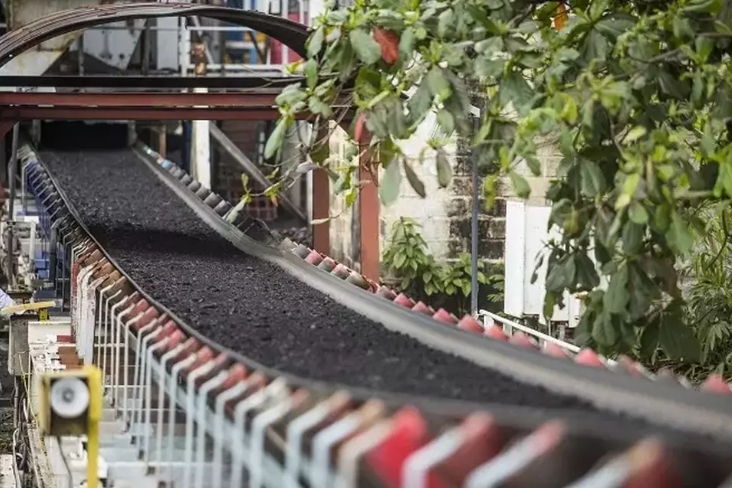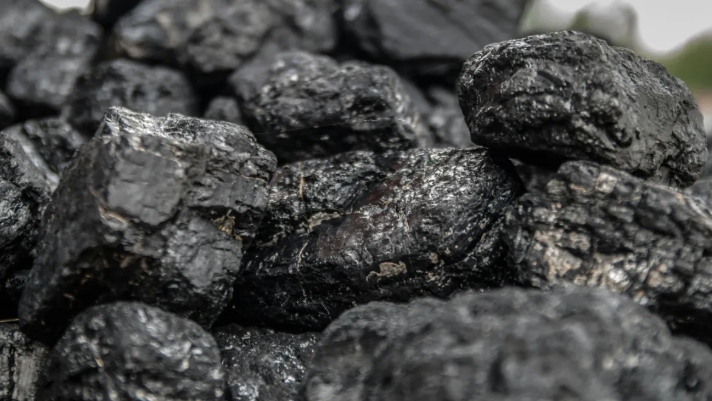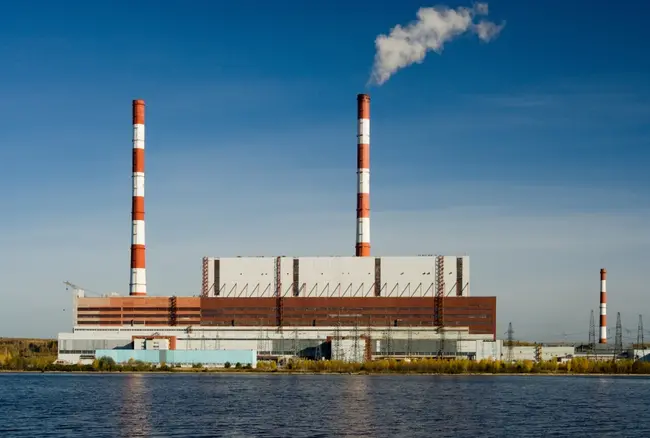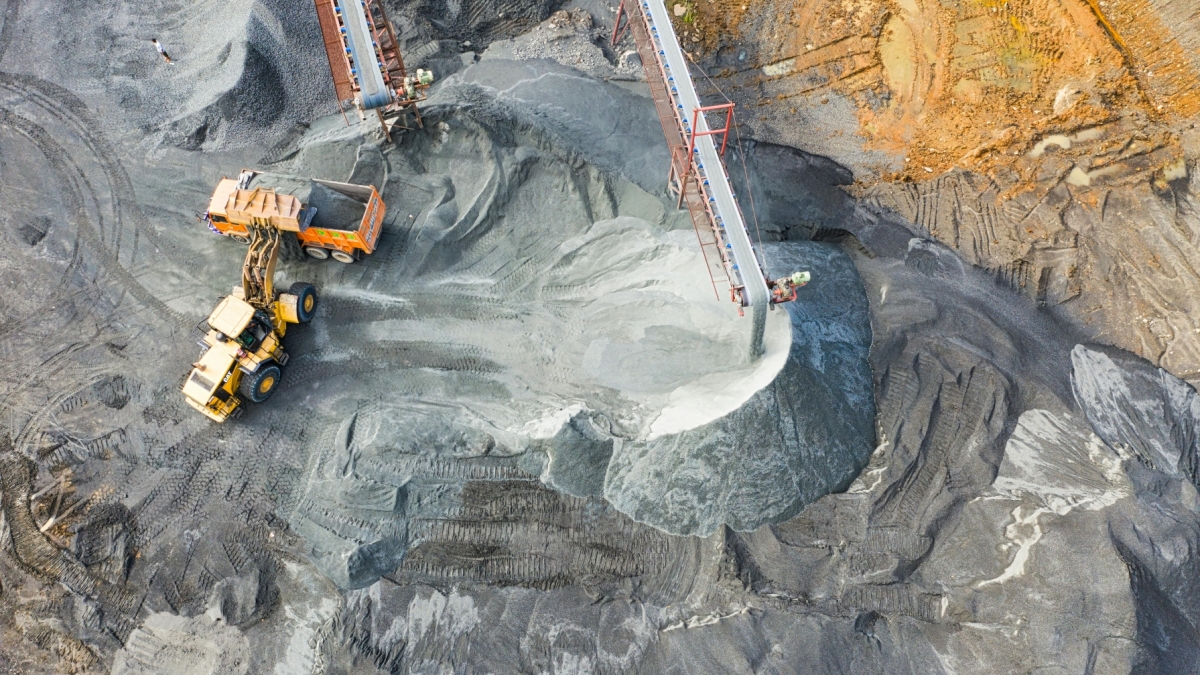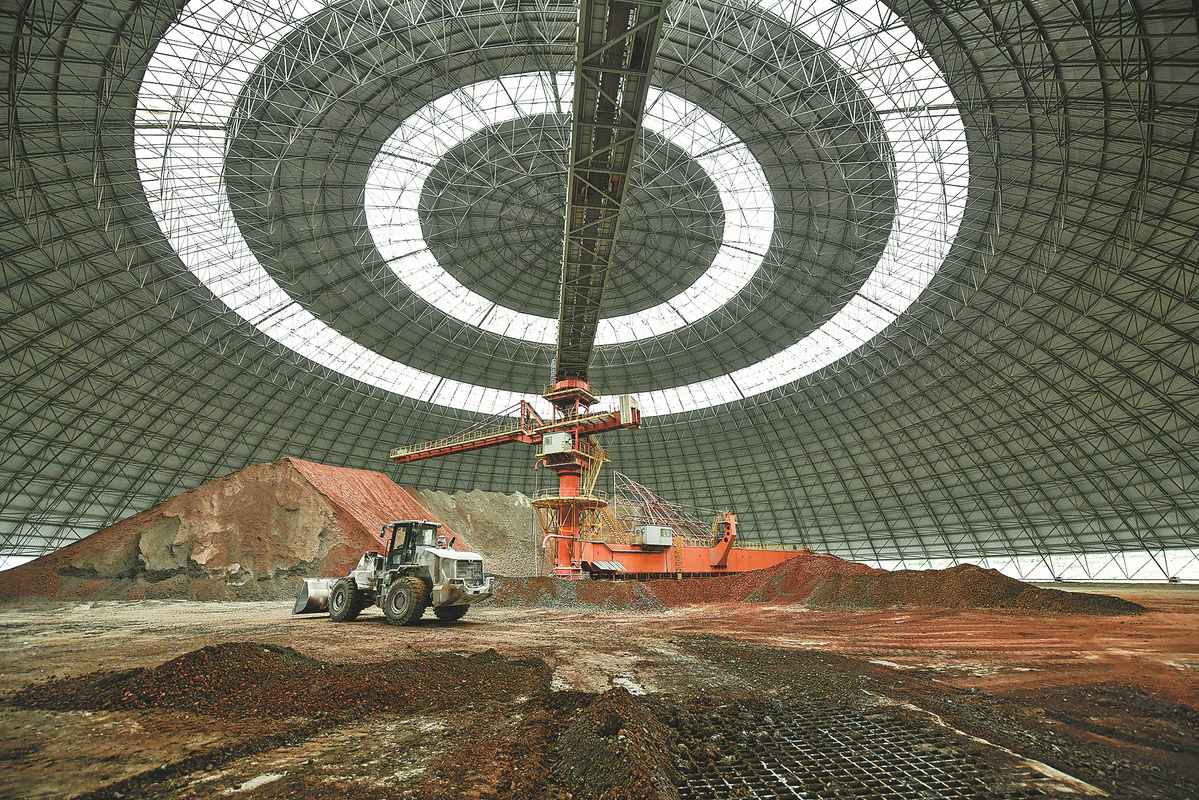
Most additions made to the coal industry in China last year involved plants with improved levels of safety and efficiency to replace high-energy-consuming and outdated facilities built during the 20th century, industry experts said.
Lin Boqiang, head of the China Institute for Studies in Energy Policy at Xiamen University, said, "The nation consumed more coal and built more coal capacity last year, with most of the newly installed capacity replacing obsolete facilities and ensuring sufficient energy supplies amid the country's green transition.
"This year, the replacement of outdated coal capacity has accelerated, and the government has also taken steps in recent years to increase advanced coal production to ensure sufficient power supply, with the aim of coal playing a larger role as an emergency backup power source."
A green energy transition does not mean shutting down all coal plants overnight, Lin said.
Energy security must always come first, and the exit process should be prioritized. For example, if local heat and electricity supply cannot keep pace with demand for a time, there is no reason to close production facilities, Lin said.
He added that phasing out the use of coal in China is "more of a gradual and sophisticated process, rather than applying an emergency brake".
Statistics from financial media outlet Yicai show that by March 9, authorities in Hunan, Heilongjiang, Anhui, Shaanxi, Shanxi, Shandong and Hubei provinces had closed more than 90 coal power units as part of plans to phase out coal-fired plants in 2022 and this year. Most of this outdated capacity involves smaller units.
On the other hand, many of the nation's newly approved coal-fired projects comprise large generating units to meet future growth in power demand and large-scale access to new energy sources.
In December, China Three Gorges Corp launched a multibillion-dollar renewable and fossil-fuel energy project in Inner Mongolia autonomous region, consisting of 8 gigawatts of solar power and 4 GW of wind power capacity, as well as 4 GW of coal-fired power capacity, plus energy storage.
The project is expected to ensure steady power output and grid operation. The fluctuating output of renewable energy and coal can also help supplement wind and solar power during times of peak demand. Last year, China's peak capacity hit a record 1,290 GW, a rise of nearly 20 percent from two years earlier.
On completion, the project will deliver about 40 billion kilowatt-hours of electricity to the Beijing-Tianjin-Hebei region every year. More than half of this total will comprise clean energy — equivalent to saving about 6 million metric tons of standard coal and reducing carbon dioxide emissions by about 16 million tons.
Luo Zuoxian, head of intelligence and research at the Sinopec Economics and Development Research Institute, said coal, a primary energy source for China, will ensure secure energy supplies.
He added that carbon peaking and carbon neutrality are not incompatible with energy security. The reliance on coal is temporary, as emerging forms of green power generation have not been able to cover all the growth in demand, but coal consumption will start to decline year-on-year.
Global leader
Thermal power capacity, which includes coal- and natural gas-fired power plants, rose by 2.7 percent to just over 1,332 GW last year, according to the China Electricity Council, an industry body. Renewable energy capacity growth was much steeper, with hydropower and solar power rising by 5.8 percent and 28.1 percent, respectively, to 413.5 GW and 392.6 GW.
Wind power increased by 11.2 percent to 365.4 GW, while nuclear power capacity rose by 4.3 percent to 55.5 GW, the council said.
China plans to install another 160 GW of solar and wind energy capacity this year. The nation's total installed generation capacity for renewable energy now exceeds 1,200 GW, with its hydropower, wind power, solar power and biomass power generation capacity ranking first globally, according to the National Development and Reform Commission, the country's top economic planner.
This might be why some climate experts and independent groups tracking carbon emissions believe that such emissions in China may have fallen last year and may continue to drop, despite the rising use of coal.
The International Energy Agency said it expects China's carbon emissions to remain broadly flat, while Carbon Monitor estimates that the nation's emissions dropped by 1.5 percent last year, The Wall Street Journal reported. Carbon Monitor is an international initiative that uses 10 research groups to provide regularly updated, science-based estimates of daily carbon dioxide emissions in different countries.
In November, Global Carbon Project, a research consortium used by the UN to produce annual data focused on emissions, forecast that China's emissions fell by 0.9 percent last year.
The China Electricity Council said power demand in the nation is expected to rise by 6 percent this year, with much of it met by wind, solar and nuclear power generation, which are expected to account for more than half of the country's power generation capacity by the end of the year.
Luo said coal-fired power additions are unlikely to see the biggest capacity increases in China this year, as solar and wind will witness significant growth. Emissions resulting from coal power generation will gradually plateau before declining, as long as nonfossil fuel power sources continue to increase in importance, and demand for electricity stabilizes, he added.
"As a result, the ever-increasing proportion of renewable energy will result in coal plants playing more of a supportive role, and there is a high chance that such plants might operate below capacity with lower emissions than some industry observers expect," Luo said.
China's installed thermal power generation capacity rose by 2.7 percent to nearly 1,332.40 million kilowatts by the end of last year. In comparison, the nation's installed power generation capacity rose by 7.8 percent year-on-year to just over 2,564.05 million kW, National Bureau of Statistics data show.
Thermal power generation, which largely relies on coal, rose by just 1.4 percent in China last year, while activity in the two largest coal-burning industries, crude steel and cement production, witnessed falls of 1.7 percent and 10.5 percent, respectively, the bureau said.
Supporting role
Last year, the operating hours at China's coal plants fell by eight hours on average, while the use of solar power generation rose by 56 hours on average, China Electricity Council figures show.
This trend is accelerating. In the first two months of this year, power generation in China rose by 0.7 percent year-on-year to 1.35 trillion kWh, with thermal power generation falling by 2.3 percent year-on-year, the National Bureau of Statistics said.
Luo said that like the China Three Gorges Corp project in Inner Mongolia, many of the nation's new coal plants are designed to provide backup rather than baseload power (generation sources available 24 hours a day). This power will support new large-scale wind and solar parks being built in deserts and plains, which will be connected by transmission lines to coastal industrial centers.
The transformation of coal, together with other technologies including carbon capture and storage, will further facilitate the green transition, Luo said.
CCUS, which offers a way to reduce emissions from sectors that are hard to decarbonize, remains one of the most effective methods for China to achieve significant emissions cuts. The government has also been working to bridge the gap between developing coal and curbing emissions through more investment in cleaner coal technologies.
A report released last year by energy company Shell said China, with an estimated 2,400 gigatons of capacity, has significant geological potential for storing carbon — second only to the United States.
Song Hailiang, chairman of China Energy Engineering Group Co, said that combined with the development of CCUS, China should work to accelerate the transformation of coal power generation. It should also develop the technologies to promote the clean and efficient use of such generation to ensure energy security and achieve green development.
Innovations could be made to design standards and pricing mechanisms for coal power, along with advances in technological research and development, Song said.
The government has said it will continue to strengthen coal's basic supporting role and take steps to increase advanced coal production, while accelerating the development of new energy systems to support the nation's green transition.
At the two sessions, which closed on March 13, the Government Work Report emphasized that coal continued to play its role as a primary energy source in China over the past year.
Advanced coal capacity has been added to further support power generation and heating supply enterprises in ensuring reliable energy supplies, the report said.
Song said that in recent years, China has optimized its coal power structure while eliminating outdated production capacity.
Coal remains an important part of the economy and will play an irreplaceable role in achieving power peak regulation and ensuring the safe and reliable supply of energy, he added.
